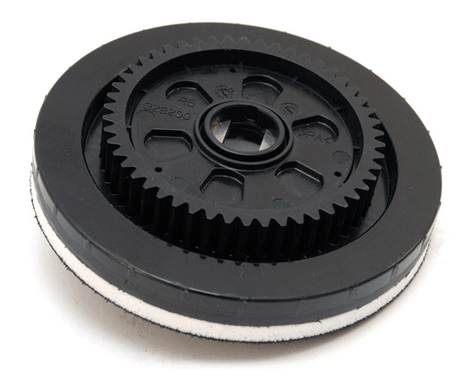When it comes to maintaining the safety and performance of your vehicle, the braking system is of paramount importance. Within this system, brake backing plates play a crucial yet often overlooked role. These plates serve as the foundation upon which the brake system is built, supporting other components and ensuring that everything works harmoniously. However, like any part of your vehicle, they can encounter issues.
Here’s a breakdown of common problems with brake backing plates and practical solutions to address them.
Table of Contents
What are Brake Backing Plates?
Brake backing plates are sturdy plates that are positioned behind the brake shoes in drum brakes and behind the brake pads in disc brakes. They function as the support system that holds the braking components together and shields them from debris and corrosion. Properly functioning backing plates are critical for effective braking and overall vehicle safety.
Common Problems
Corrosion and Rust: One of the most frequent issues with brake backing plates is corrosion and rust. This can compromise the structural integrity of the plates, leading to potential failures in the brake system. Corrosion typically occurs due to exposure to moisture and road salt, common in colder climates.
Debris Accumulation: Backing plates can accumulate debris, dirt, and brake dust, which if not cleaned regularly, can impair the movement of the brake shoes or pads. This buildup can cause uneven wear and tear on the brakes and potentially lead to more severe issues like brake binding or reduced effectiveness.
Wear and Tear: Over time, the constant exposure to high forces and temperatures can cause the backing plates to wear down. Worn-out backing plates might not hold the brake components securely, which can result in improper alignment and inefficient braking.
Noise Issues: Sometimes, if the backing plates are bent or loosely fitted, they can come into contact with other parts of the brake system, such as the rotor. This contact can produce squeaking or grinding noises, a common complaint among vehicle owners.

Solutions
Regular Inspection and Maintenance: The best way to prevent issues with your brake backing plates is through regular inspection and maintenance. Have your brakes checked by a professional during routine maintenance visits to ensure all parts are in good condition and functioning correctly.
Rust Prevention and Treatment: If you live in an area prone to rust, consider applying a rust-proofing agent to your brake system. For existing rust, it’s advisable to have a professional remove the rust or replace the backing plates if they are extensively corroded.
Cleaning: Ensure that during regular vehicle servicing, the backing plates and surrounding brake components are cleaned of any debris and brake dust. This will help maintain the functionality and longevity of your brake system.
Proper Installation: Ensure that backing plates are installed correctly and securely. If you’re replacing your brakes or backing plates, consider having the work done by a skilled technician to guarantee that everything is aligned and tightened to the manufacturer’s specifications.
Noise Diagnosis: If you start hearing unusual noises from your brakes, it’s essential to address this immediately. Have a professional check if the backing plates are causing interference with other components and adjust or replace them if necessary.
Ready to get started?
Backing plates are vital for the safe and efficient operation of your vehicle’s braking system. By understanding the common problems associated with brake backing plates and following the solutions provided, you can ensure that your vehicle remains safe and performs optimally.











